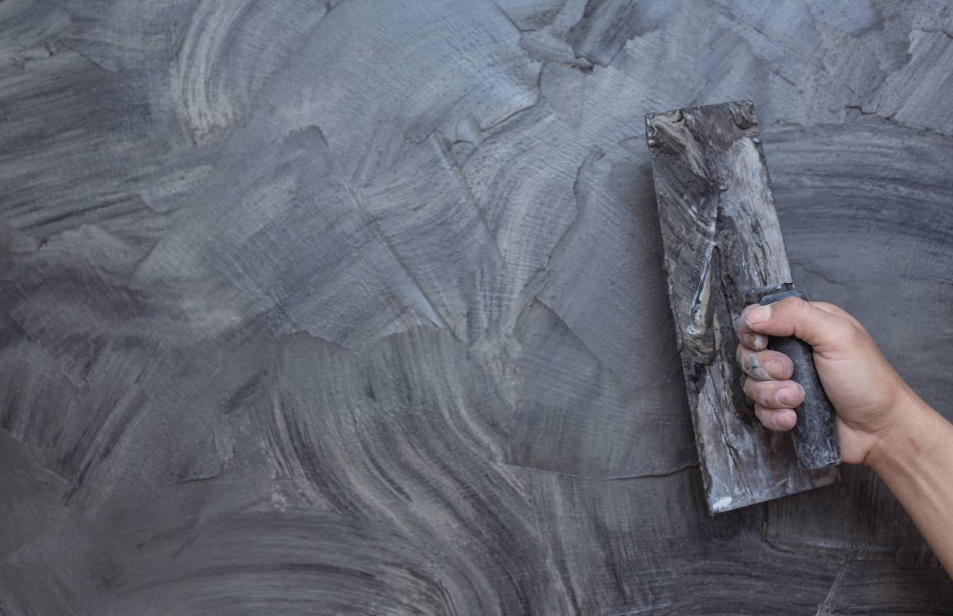Solid plastering is the process of applying a plastering material to an internal or external wall in order to create a smooth, even surface. It is a popular choice for both new build and refurbishment projects as it can be used to create a variety of different finishes.
There are a number of different materials that can be used for plastering, including gypsum, lime, cement, and clay. The type of material that is used will depend on the project requirements and the desired finish.
The different types of plastering
There are two main types of plastering – lime and cement.
-
Lime Plaster
Lime plaster is made from lime, sand and water. It is also known as ‘lime putty.’ The mixture is poured into wooden moulds and left to set hard. It has low strength and needs to be reinforced with wire mesh before application. The resulting finish is smooth and can be painted or polished.
-
Cement Plaster
Cement plaster is made from Portland cement, sand, lime and water. It sets hard, so it doesn’t need reinforcing with wire mesh before application. The finish can be painted or polished.

The tools you need for plastering
The tools required for plastering include:
-
Plastering Trowel:
This is used to spread the plaster evenly across surfaces. There is a range of different types available, including flat, rounded and spatula edges.
-
Lime Putty Knife:
This tool is used to scrape away excess lime putty from surfaces before it dries out.
-
Sponge float:
A sponge float helps create a smooth finish on the wall or ceiling by smoothing out any bumps or lumps in the surface before it dries out.
-
Sandpaper:
Sandpaper can be used to remove any imperfections in your final surface after it has dried out completely.
The Benefits of Plastering
- Solid plastering in Auckland is a traditional method of wall and ceiling construction that is in use throughout the world. It has been used for hundreds of years, and there are many advantages to using this system.
- It is less expensive than drywall because it uses less material and labour. This can be an important consideration if you are building or renovating on a limited budget.
- It has better acoustic properties than drywall because it absorbs sound waves more completely due to its density and thickness.
- Solid plastering can be used as an insulating layer between two walls or floors, while drywall cannot because it will not separate from the surface when installed properly.
